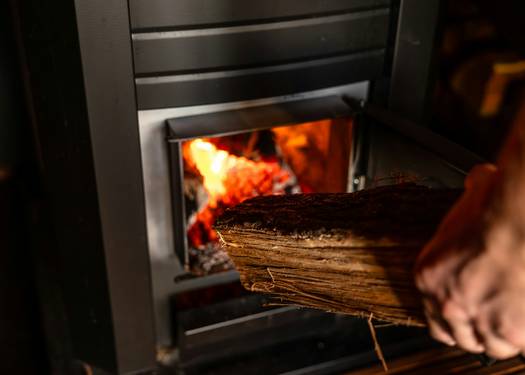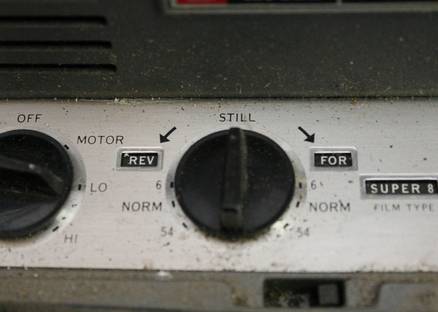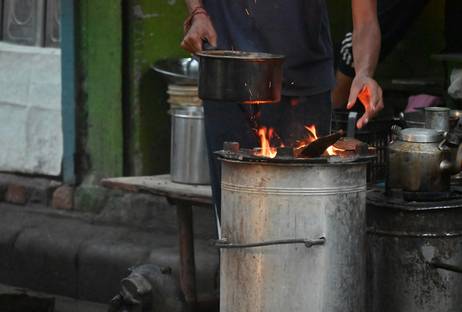Before You Start: Prepare for Safe Operation
A successful stove experience starts before you ever light a match or press a button. Follow this checklist for all stove types:
- Read the Manufacturer’s Manual: Every stove model is unique—always review official instructions before operation.
- Check Clearances: Ensure nothing flammable (furniture, drapes, papers) is too close to the stove.
- Test Safety Devices: Confirm that smoke and carbon monoxide detectors near the stove are working.
- Inspect Venting: Look for blockages, leaks, or soot buildup in chimneys and vent pipes.
- Gather Supplies: Dry fuel (wood, pellets, coal), matches/lighter, gloves, and fire tools as needed.
How to Operate a Wood Stove
Lighting a Wood Stove
- Open Air Controls: Fully open the primary (and secondary, if equipped) air inlets.
- Build a Fire: Place crumpled paper or fire starters on the grate, add kindling, then a few small logs.
- Light: Ignite the paper and close the door, leaving it slightly ajar if recommended for draft.
- Gradual Loading: Once the kindling is burning well, add larger logs as needed.
During Operation
- Adjust air controls to regulate heat and burn rate.
- Keep the door closed while burning for safety and efficiency.
- Monitor stove temperature and chimney draft.
Shutting Down
- Let the fire burn down to embers before bedtime or leaving the house.
- Never close air controls completely—this can cause dangerous creosote buildup.

How to Operate a Pellet Stove
Startup Routine
- Fill the Hopper: Use only dry, approved pellets.
- Check Ash Pan & Burn Pot: Empty if needed; clean any clinkers or buildup.
- Power On: Plug in and switch on the stove. Set thermostat or manual control to desired heat.
- Ignition: Most stoves start automatically; if not, use the manual ignition procedure in your manual.
During Operation
- Monitor pellet level—refill before empty to avoid shutdown.
- Check that fans and augers are running smoothly.
- Adjust heat settings for comfort and fuel economy.
Shutting Down
- Turn the control to “off” and allow the stove to complete its cool-down cycle before unplugging or cleaning.

How to Operate a Gas Stove
Startup and Use
- Check Gas Supply: Ensure the gas valve (and propane tank, if used) is open and filled.
- Ignition: Use the switch, remote, or thermostat to ignite the pilot or main burner.
- Adjust Heat: Set the desired flame height or temperature.
- Vent-Free Models: Always follow room ventilation guidelines and never operate for extended periods in a closed space.
Shutting Down
- Turn stove off at the control. For manual models, turn gas valve to “off” if not in regular use.

How to Operate an Electric Stove
Starting and Using Electric Stoves
- Plug In: Connect to a grounded 120V wall outlet—avoid extension cords.
- Power On: Use the main switch or remote to turn the stove on.
- Adjust Settings: Set the temperature, flame effect, and fan speed as desired.
- Safety: Never cover vents or place near water sources. Use only indoors unless rated for outdoor use.
Turning Off
- Switch off and unplug if moving or cleaning the stove.

How to Operate a Coal Stove
Hand-Fired Coal Stove
- Start a Wood Fire: Use kindling and small logs to create a hot bed of coals.
- Add Coal: Gradually add small amounts of coal on top of the wood fire.
- Open Underfire Air: Ensure plenty of airflow from below the grate.
- Shake Grates: Once burning, shake grates as needed to remove ash and maintain airflow.
Stoker Coal Stove
- Fill Hopper: Load with approved anthracite coal.
- Set Thermostat: Automated feeder and air controls run the stove as programmed.
Shutdown
- Let coal burn out completely; never extinguish with water.

Daily Operating Checklist
- Check and clean ash pans or trays as needed (wood, pellet, coal)
- Inspect fuel levels (pellets, coal, propane)
- Wipe glass doors for clear viewing (use manufacturer-approved products)
- Test air controls and thermostats for proper function
- Check for unusual odors, noises, or smoke—address promptly
Common Operating Mistakes to Avoid
- Using wet wood or low-quality pellets—causes poor performance and excess smoke
- Overfiring (running too hot)—damages stove and voids warranty
- Underfiring (too little air)—leads to creosote or soot buildup
- Blocking air inlets or vents—creates unsafe conditions
- Leaving stove unattended with door open—fire and carbon monoxide risk
- Neglecting regular maintenance—shortens stove lifespan, increases hazards
Operating a Heating Stove: FAQs
- How often should I reload my stove? Depends on stove type, fuel, and heat setting—wood/coal may need reloading every 4–12 hours; pellet/gas/electric are more automated.
- Can I run my stove overnight? Most wood, pellet, gas, and coal stoves are safe for overnight use if in good condition and properly installed. Always follow manufacturer guidelines.
- Why is my stove smoking or not heating well? Poor draft, wet fuel, dirty vents, or incorrect air settings may be to blame—see our troubleshooting guide for solutions.
- Is it safe to leave my stove running when I’m out? For solid fuel stoves (wood, coal), avoid leaving unattended for long periods. Automated pellet/gas/electric stoves are generally safer but should still be monitored.
Related Guides
Stove Safety Tips
Master essential safety practices for every stove—prevent accidents and protect your home.
Read Safety TipsStove Maintenance Guide
Keep your stove running safely and efficiently with our maintenance checklists and expert advice.
Maintenance GuideTroubleshooting Stove Problems
Identify and solve common stove issues quickly—no more cold nights or smoky rooms.
Troubleshooting Guide